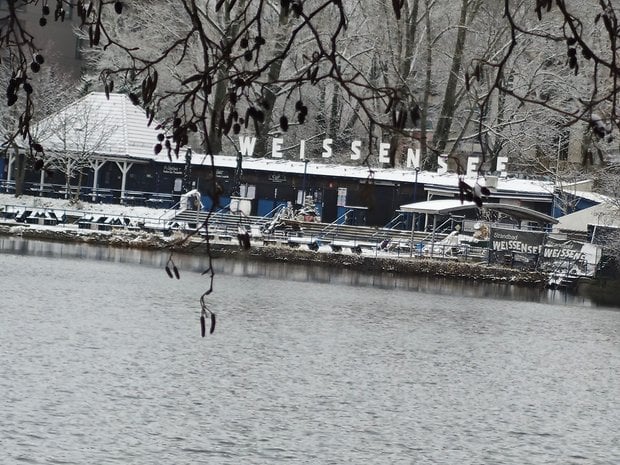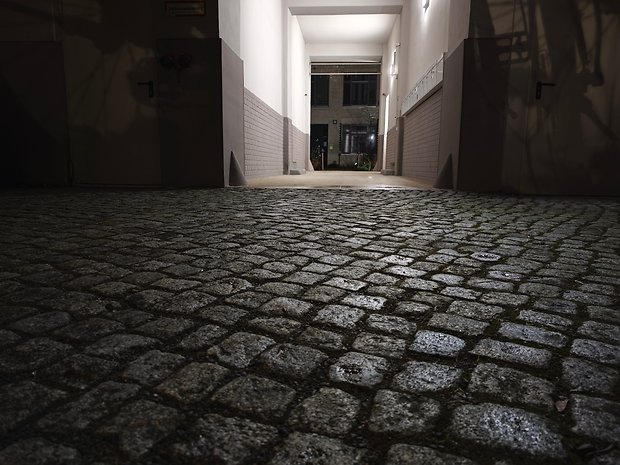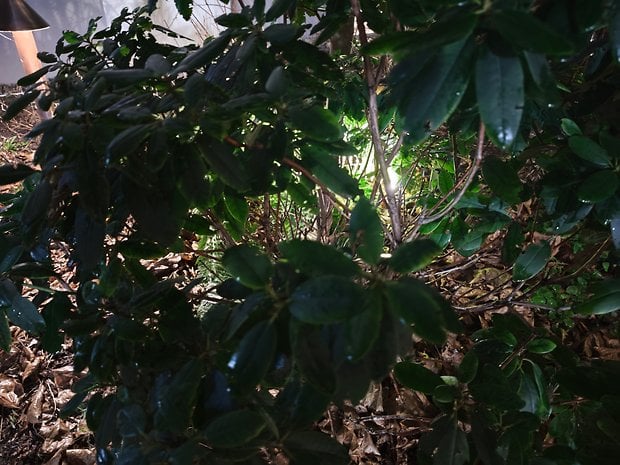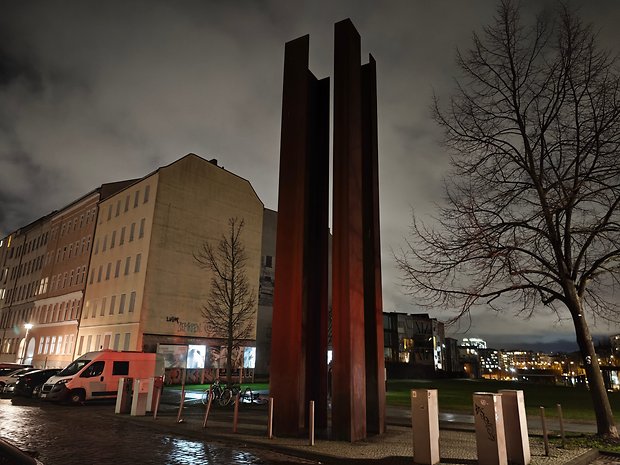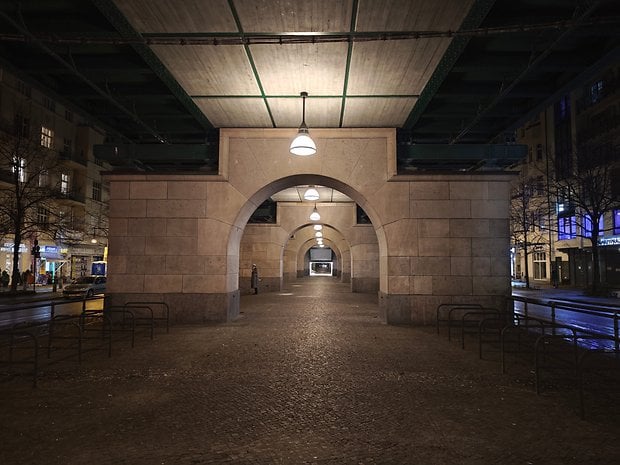Xiaomi 14 Pro Hands-On: Is This the Ultimate Smartphone?


The Xiaomi 14, featuring the Snapdragon 8 Gen 3 SoC and a 50 MP Leica triple camera, was revealed in China with the new HyperOS in October 2023. Its global launch is anticipated at MWC 2024 in Barcelona. Here's our first impression of this flagship smartphone.
In a nutshell
The Xiaomi 14 Pro costs 4,999 yuan in its home country with 12 GB RAM and 256 GB of internal memory. That is the equivalent of roughly $700.
However, we received the 16 GB LPDDR5X RAM and 512 GB UFS 4.0 internal memory model to test. It costs 5,499 yuan in China and arrives in Jade Green, Black, White, and Snow Mountain Pink colors (16 GB/1 TB is sold for 5,999 yuan/$845), which would be the equivalent of just under $745.
- Also read: Xiaomi 14 Series compared

The flagship device from Xiaomi will definitely not be sold at these prices in this nation. At TradingShenzhen, the review unit we received is priced at a steep $1,095, comes with firmware in Chinese and English, and is equipped with Google Services as well as a pre-installed Google Play Store.
So far, we do not know whether the Xiaomi 14 Pro will also arrive Stateside officially, although the chances are very slim. However, the Xiaomi 13 (review) and Xiaomi 13 Pro (review) were still available through imports, so we can assume that the same will follow with the latest model. We expect a global unveiling at the Mobile World Congress (MWC), which will take place this year from February 26 to 29 in Barcelona.
Xiaomi 14 Pro design and build quality
The Xiaomi 14 Pro measures 161.4 x 75.3 x 8.5 mm and weighs 223 g. Like its predecessor, it sports clean lines. The sides are flat and made of metal, which gives the IP68-certified smartphone a very high-quality impression overall.

A real eye-catcher is the large 5 x 5 cm camera array, which also protrudes in a very obvious manner from the top left of the chassis. The back is matte and therefore, resistant to fingerprints. However, the green version has a glass back and, at 230 g, is also a tad heavier. However, neither version is as light as a feather.
Even if you might not expect it from the bulky triple camera module, the smartphone is well-balanced. This is particularly noticeable when typing on it. I particularly like the thin bezels around the 6.73-inch display, which is also flat sans any curved edges. The haptic feedback of the keys, which are only located on the right-hand side, is optimal, as is the overall workmanship of the Xiaomi 14 Pro.
Xiaomi 14 Pro display
The 6.73-inch AMOLED display offers, if desired, a resolution count of 3,200 x 1,440 px with a maximum refresh rate of 120 Hz and 460 ppi. Of course, this features built-in LTPO technology, which provides a variable refresh rate of 1 to 120 Hz. The screen is not protected by Corning's Gorilla Glass, but by the so-called "Longjing Glass", which is produced in-house and should also offer a degree of protection against scratches.

In addition to the high-resolution screen, the 3,000 nits maximum brightness is a special feature. Although we did not achieve this brightness level with our measuring devices (2,789 nits), it is undeniable that the AMOLED display is extremely bright and offers excellent contrast and optimum color dynamics.

If you don't need to work with such a high resolution, you can also reduce it to 2,400 x 1,080 px and thus, save valuable battery life in the process.
Xiaomi 14 Pro software
The Xiaomi 14 and 14 Pro are not only the first smartphones to be equipped with a Snapdragon 8 Gen 3 SoC, but also the first ones to run on HyperOS, the successor to the MIUI user interface. However, we had the beta version in our review unit that is based on Android 14, having received its last security update on November 1, 2024.

Out of the 512 GB storage space provided, the system takes up 8.82 GB, with system files occupying another 5.99 GB, and applications sitting on another 3.85 GB. Together with the 6.11 MB of images, this amounts to approximately 18.7 GB of total storage capacity.
We will answer the legitimate question of what the differences between MIUI and HyperOS are in a separate article, but at first glance, it looks to be a short one. We hardly noticed any major changes, if at all.
The list of bloatware is short, although TradingShenzhen could also have a hand in this. They pre-installed Google Play Store and removed Chinese apps as a matter of principle. We are almost disappointed to not find TikTok as a pre-installed app. I have already installed the Chrome browser, as you can see in the screenshot.
There isn't any real bloatware here. System applications can also be uninstalled without any issues. Let's see what the global Xiaomi smartphones will look like when they arrive.
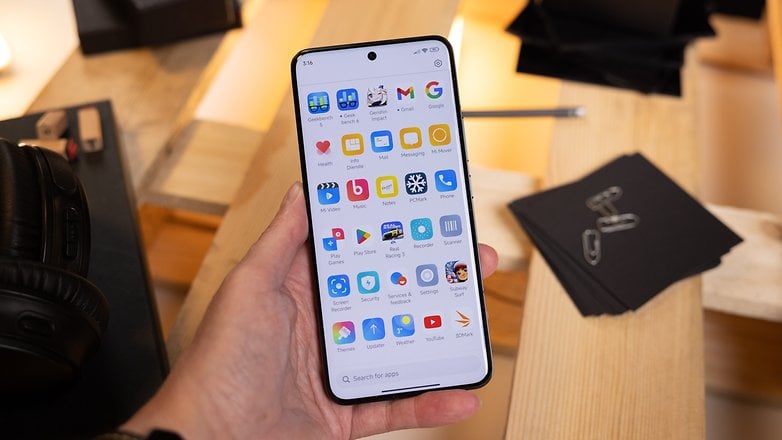
Xiaomi grants the valuable 14 Pro owner up to four years of operating system updates and five years of security updates. In case the question arises: A flashable EU-ROM, with the German or French language, is still unavailable. However, this usually appears with the availability of the global Xiaomi models.
Xiaomi 14 Pro performance
The Xiaomi 14 Pro is the first Android smartphone with a built-in Snapdragon 8 Gen 3 SoC. Although we have already spent some time with the Nubia Redmagic 9 Pro, which also has the fastest Qualcomm processor, the gaming smartphone was launched a little bit later. In our case, it also has 16 GB of LPDDR5X RAM and 512 GB of internal and non-expandable UFS 4.0 program memory.
To our regret, none of the 3DMark benchmark tests could run on the device. We kept on seeing the "No UL server connection" message. However, this is expected and will certainly change by the time the global model is released. What we have already been able to test, however, are the values for how hot the device gets under certain processing workloads and what results tests in Geekbench 5 and 6 yielded.

First, don't worry about burning your fingers when using the Xiaomi 14 Pro. That won't happen. The temperature at the back is kept completely within the upper limit. What sounds great at first is, upon closer inspection, the result of software-side throttling of the processor. The screenshot documents the intervention.
So far, I haven't experienced any problems while gaming. However, this is just a hands-on. You'd better take another look at our complete to see whether the rigorous intervention results in any performance hits.
The benchmark in Geekbench version 5 gives us 1,669 points in the single-core score and 5,993 points in the multicore score. Running the same game with Geekbench 6, we get 2,205 points in the single-core score and 6,742 points in the multicore score.
As a comparison, the pure gaming monster known as the Redmagic 9 Pro achieved 2,253 and 7,036 points respectively using the same processor. However, this model also has a hardware fan to keep the SoC cool at all times.

Xiaomi 14 Pro camera
Let's move on to what is probably the most coveted category after the conclusion: the camera. At the back, Xiaomi installed a total of three 50 MP cameras in a huge square island, which also protrudes from the chassis in a particularly aggressive manner. What did the designers have in mind when designing this? It is probably a secret they'll carry to their graves.
Just like how the Xiaomi 14 Pro does not have the 1-inch IMX989 image sensor from the Xiaomi 13 Ultra (review), which, according to your esteemed verdict, was extremely impressive.

Instead, the company presumably opted for a 1/1.31-inch OmniVision sensor with the name, Light Hunter 900. This is definitely new and is available only in the Pro model, featuring a variable aperture with an opening of f/1.42 to f/4.0. The main camera still offers an equivalent focal length of 23 mm, autofocus, and optical image stabilization.
It is accompanied by a 50 MP ultra-wide angle camera with a 115-degree field of view, an equivalent focal length of 14 mm, and an aperture of f/2.2. It also only offers autofocus in the Pro, which is presumably primarily used for macro shots, although these can also be taken using the telephoto camera depending on the setting (see super macro).
To complete the trio, there is also the aforementioned 50 MP telephoto camera, which naturally also offers optical image stabilization at an equivalent focal length of 75 mm and guarantees a lossless magnification of 3.2x. In general, this goes up to a 70x zoom, the usefulness of which I won't waste any words on.

Just so as not to leave out any of the cameras, I'll also mention the 32 MP front camera, which I would like to rate as significantly better than its predecessor in my initial set of self-indulgent snapshots.
I'm still hesitant about the main camera, as I have some reservations about the sensor change. According to Xiaomi, however, it offers a Leica Summilux lens adapted to the sensor, which should let in significantly more light.
One or two thoughts about my initial snapshots: they are but early impressions. Please wait for the detailed review to know more. In general, I rate the triple camera configuration highly. During the day, there is sufficient dynamic range, contrast, color fidelity, and a good white balance. Even the lossless magnification was impressive and produced rather decent up to 10x zoom.
Wide-angle photos and scenes taken using the main camera hardly showed any differences in terms of color. However, the Xiaomi 14 Pro's camera lacks a certain continuity. For particularly important scenes, it is advisable to always take two or three shots of the same subject to make the best choice for the photo album at the end.
Another point of criticism I would mention is its night photography performance. Far from that of its primary camera, which delivers good results in most cases due to the large aperture, the zoom and wide-angle cameras occasionally required several attempts until something decent is captured. In principle, the low-light shots are not that bad at all. On the contrary, they are rather good, but not at the level of the Samsung Galaxy S23 Ultra (review) or the Google Pixel 8 Pro (review).
Xiaomi 14 Pro battery
One of the biggest surprises is the 4,880 mAh battery. Under "regular" use, it can easily last two days. What's more, the included 120 W power supply unit charges the battery from 0% to 100% within 30 minutes (it takes 5 minutes to go from 0% to 23%). As if that wasn't enough good news, the Xiaomi 14 Pro can be charged wirelessly up to 50 watts and can also deliver 10 watts of power to other Qi-compatible wearables.

Whether our experience is also confirmed by the "PC Mark Work 3.0" battery test, that is a task for the detailed review. I didn't let that get in the way, though! What can I say: Under the usual strenuous conditions, such as a screen brightness at 200 nits, and a full battery with flight mode enabled, the test gave a score detail of 12 hours and 20 minutes.

Okay, you're thinking, that's pretty much the same as the Google Pixel 8 Pro. But wait! I performed the test with a refresh rate of 120 Hz and a WQHD+ resolution. This means at a fixed 60 Hz refresh rate and FHD+ setting, there is significantly longer battery life. However, I will leave the outcome of this category to the complete global Xiaomi 14 Pro review.
Early Verdict
The Xiaomi 14 Pro is currently only available from importers such as TradingShenzhen with two major disadvantages—it is only available in English or Chinese while missing out on the LTE band 20 support (for rural regions). We hope that both models will be unveiled at MWC 2024 in Barcelona at the end of February.
Until then, in terms of design, a flat, bright, and very dynamic display with a narrow bezel can be seen, with a massive camera array growing out of the chassis at the back. Despite the loss of the 1-inch image sensor, what replaced it was impressive at first glance if you are prepared to fill up the memory with a few more shots for important scenes.

A huge surprise was the 4,880 mAh battery, which is sometimes ready to supply you with power for up to two days. At the end of the day, the crucial question is the price.
You won't buy a Google Pixel 8 Pro or Galaxy S24 Ultra for $900, let alone the memory configuration that the Xiaomi 14 Pro comes with. However, the global model will probably also be priced more expensive than the other two devices mentioned, and that's when things get really interesting.











